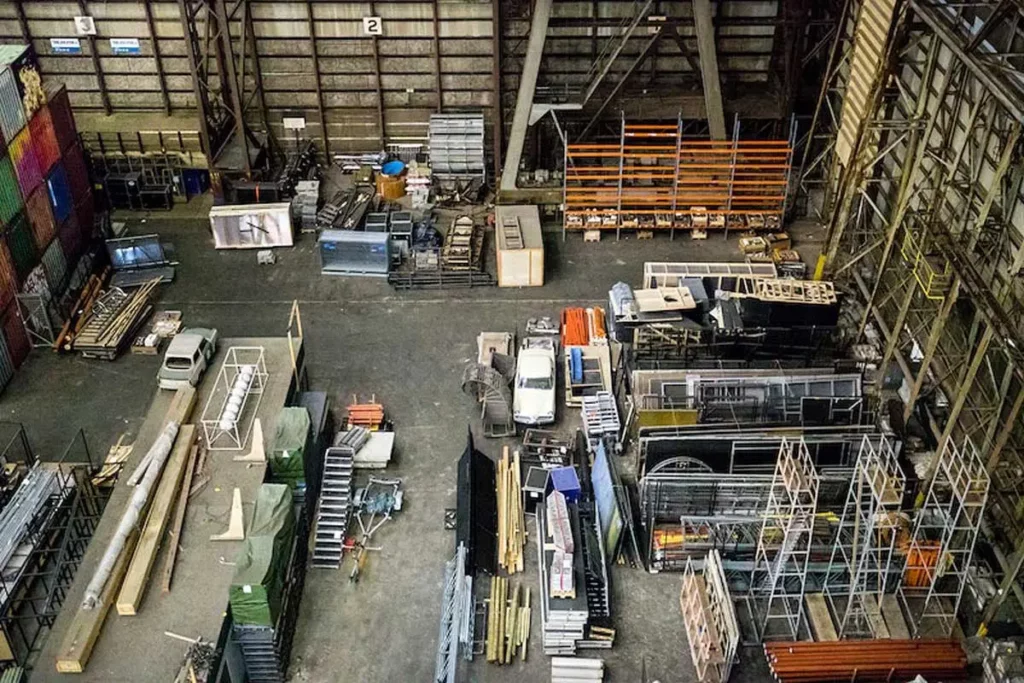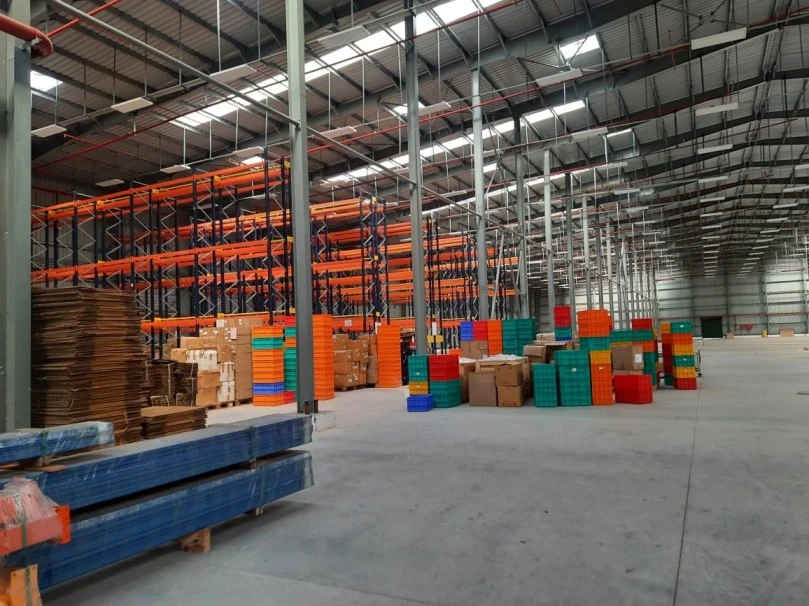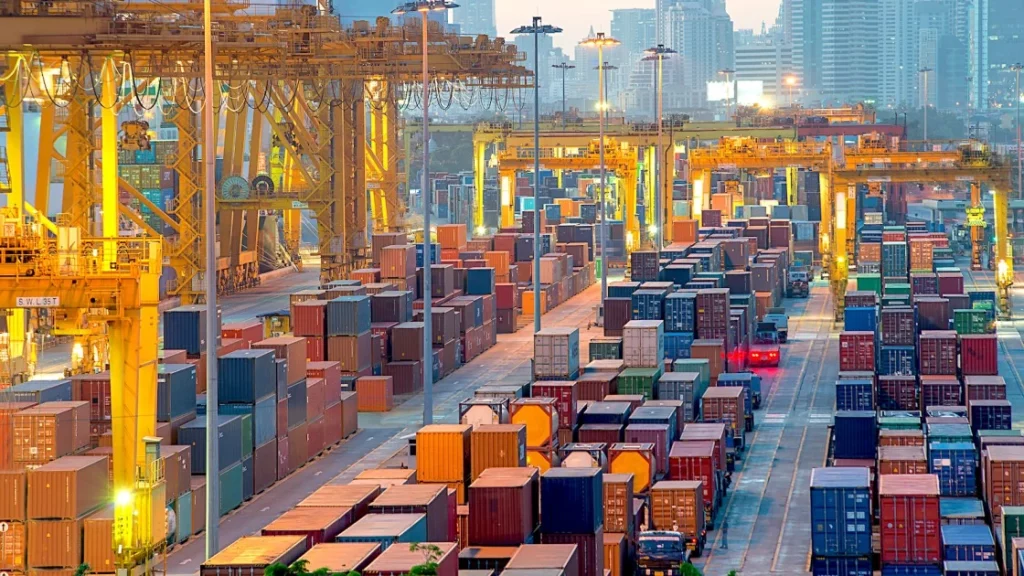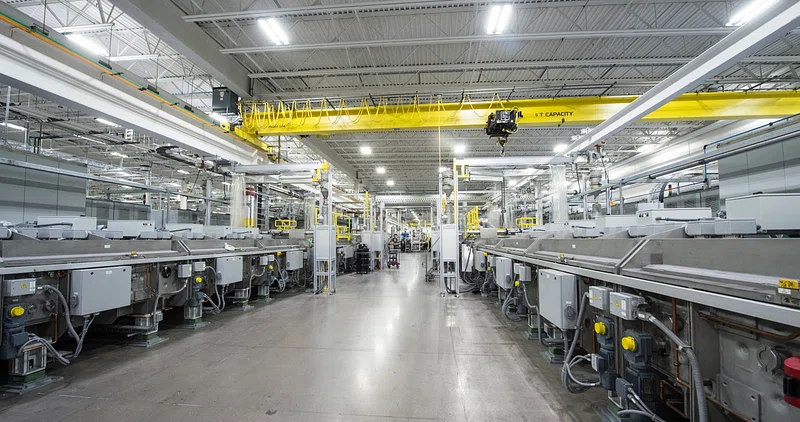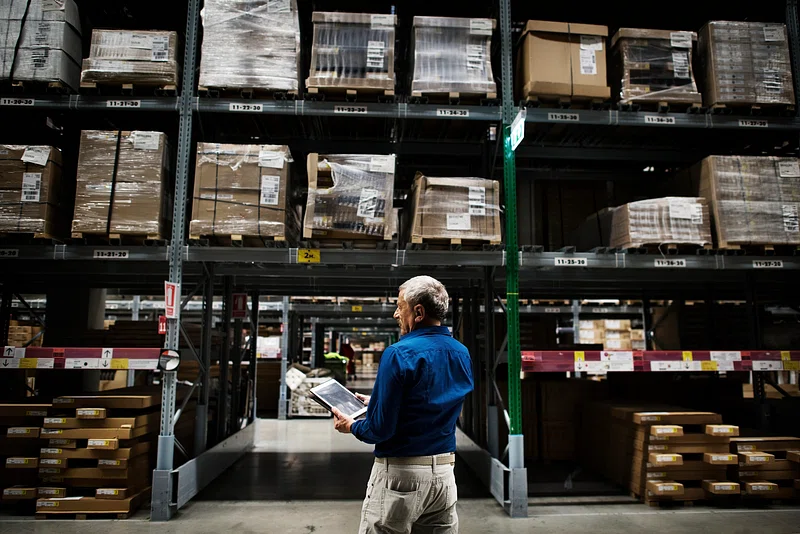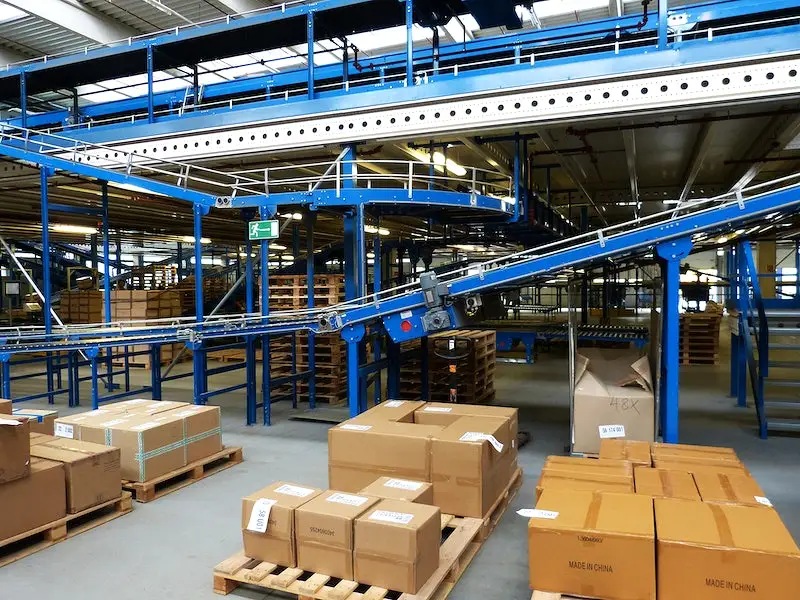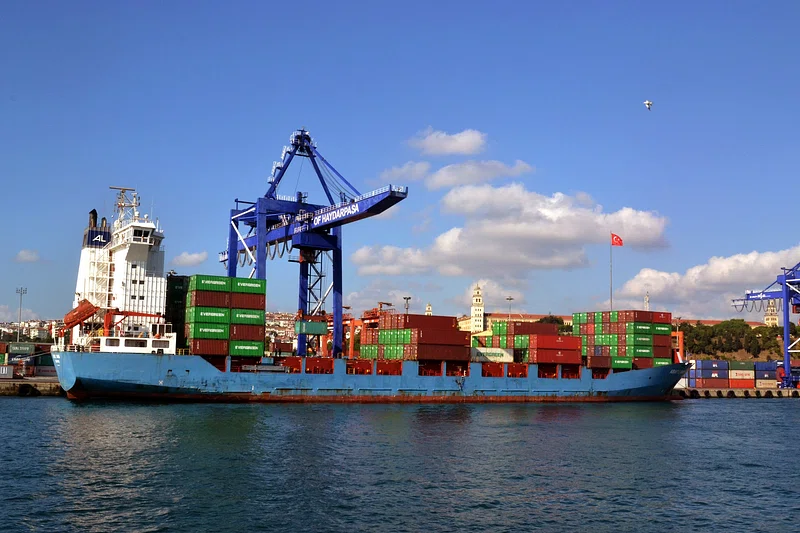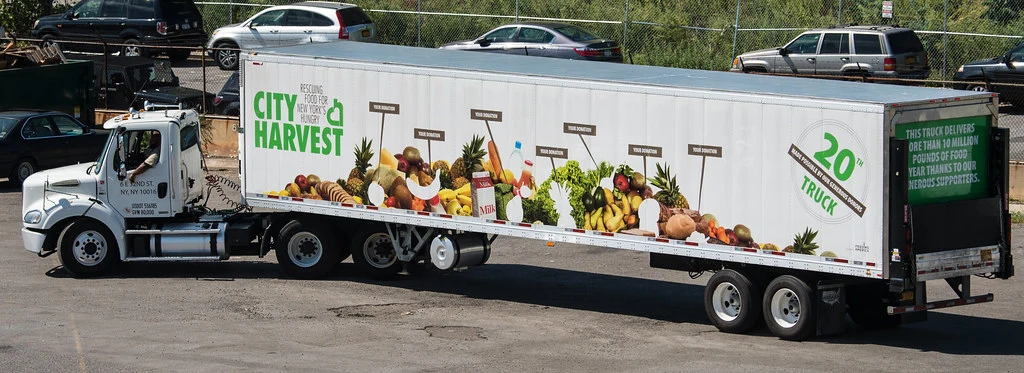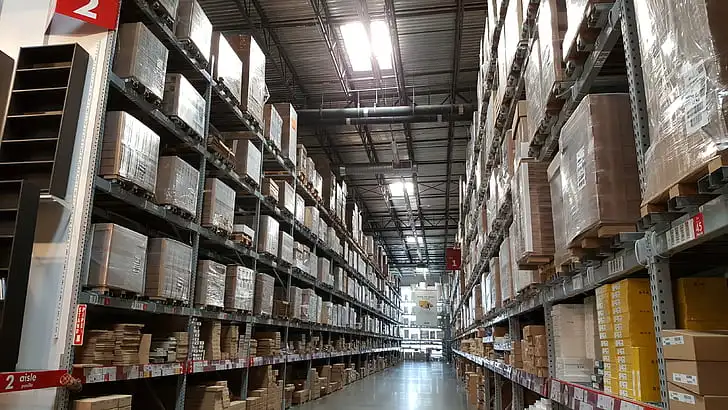Innovation in technology has completely changed the supply chain. In this regard, supply chain management’s intricate operations are becoming more and more optimized through the use of artificial intelligence (AI).
Artificial Intelligence (AI) plays a significant role in enhancing the cycle and boosting corporate success. For additional information regarding the role artificial intelligence plays in the supply chain, read the part below!
Read also: Top 9 Technology Trends for Your Warehouse in 2024
The supply chain
Although it incorporates logistics, the supply chain is not to be mistaken with logistics. While logistics refers to the collection of procedures and activities that enable goods to be delivered at the appropriate location and time in accordance with client requests, the supply chain encompasses all businesses and partners engaged in the following procedures:
- supply of raw materials;
- input processing;
- storage and processing of orders;
- shipping and delivery to the customer (end consumer).
Applications Artificial Intelligence in The Supply Chain
The significance of the supply chain has led to the emergence of numerous innovative technologies aimed at enhancing efficiency in the logistics industry.
Artificial intelligence lowers waste and losses in the supply chain by automating procedures. As a result, the business’s profit margin rises.
Let’s examine many approaches to understanding the significant impact of artificial intelligence in the supply chain.
Demand forecast
The entire supply chain is propelled by demand. It must therefore be error-proof. Artificial intelligence makes it possible to monitor several elements that affect the forecast, including:
- control of purchases in real-time;
- consumption parameters;
- items that are being sold and need quick replenishment.
- inventory management helps the company not lose sales, prevents/reduces waste, and reduces expenses.
Predictive maintenance
Certain equipment and systems go through maintenance procedures in accordance with manufacturer recommendations. This monitoring can now be done in a new way thanks to artificial intelligence.
Numerous machines’ wear and tear can be tracked in real-time via technological innovations. You can therefore determine whether maintenance is necessary based on how well the device is operating.
As a result, the costs related to the core procedure in the supply chain are decreased. Moreover, the organization is not as fragile and vulnerable to unanticipated mishaps brought on by malfunctioning machinery.
Warehouse management
Warehouse management is impacted by artificial intelligence in the supply chain as well. It is linked to other disruptive technologies (such as the Internet of Things) to enhance warehouse management, which has an immediate impact on the supply and buying industries.
Employees are able to identify things faster because of the improvements, as AI maps the position in real-time. Because the system optimizes control and invests in audits, it lowers the likelihood of fraud and losses.
Supplier management
Artificial intelligence can help you manage suppliers more objectively and efficiently. It lets you assess their performance using both qualitative and quantitative methods.
The finest relationships for your business are identified by developing decision models based on multiple criteria and accessing useful data through algorithms. In this approach, the purchasing industry boosts its level of competition and effectively handles its supplier connections.
Delivery structure and shipping intelligence
One of the biggest problems facing businesses across all industries is still the delivery process. It is an element that directly affects customer satisfaction and needs to be planned for, keeping in mind the costs and efficient procedures.
Artificial intelligence is being used by enterprises in the modern day to establish more efficient delivery strategies. Among the fixes are:
- perform preventive analysis for a more precise specification of the delivery timetable;
- determine more efficient routes by accounting for various delivery volumes;
- utilizing autonomous devices.
The delivery industry uses a variety of technologies, from the Internet of Things to data evaluation. Every approach aims to minimize environmental disturbance, streamline operations, and save costs.
AI also makes it possible to communicate with the driver quickly while he’s driving. Enables you to view comprehensive vehicle information and track the status of deliveries in real time. All of these choices improve delivery operations by cutting down on and preventing errors, which improves customer satisfaction.
Many factors influence the shipping of goods, such as:
- climate issues;
- technical problems;
- mechanical problems;
- other things.
Naturally, this directly affects the organization’s ability to operate. Effective cargo forecasting is made possible by preventive evaluation and Big Data knowledge. With this knowledge, all parties involved can be ready for potential delays, among other things.
Robotics
Businesses are implementing robots in their cargo centers and warehouses. Algorithm-based intelligent robots can find, follow, and gather objects in the warehouse based on data gathered by artificial intelligence. This makes stock requests easier.
Management of different variables
There are numerous steps in a supply chain, and each one has unique factors. Thus, numerous managers are required to guarantee more productive work at every level. However, the most important thing to the organization is that every link in the supply chain functions in a balanced manner, with no disparities between its various sections.
This regularity can be provided by AI. Each manager can handle the various factors at each level with the use of technology. As a result, despite the unique qualities of each step, the chosen course is typically the best one for the goals of the business.
Better decision making
Artificial intelligence plays a crucial role in the supply chain by aiding in decision-making. This is so that AI can provide work that is more rational and is based on the company’s historical data and statistics.
Decisions are supported by unified reasoning and statistical proof because of the information provided by artificial intelligence. There is a significant rise in the likelihood that the intended outcomes will be realized.
With the aid of artificial intelligence in the supply chain, it is evident that businesses searching for this substitute in logistics procedures ensure improved performance, encouraging further expansion and boosting earnings.
Are you currently optimizing the supply chain with artificial intelligence? Would you like to find out more about the most recent innovations available in the supply chain and logistics industry? Please contact 3PL Links to learn about the innovative solutions it offers its customers!


